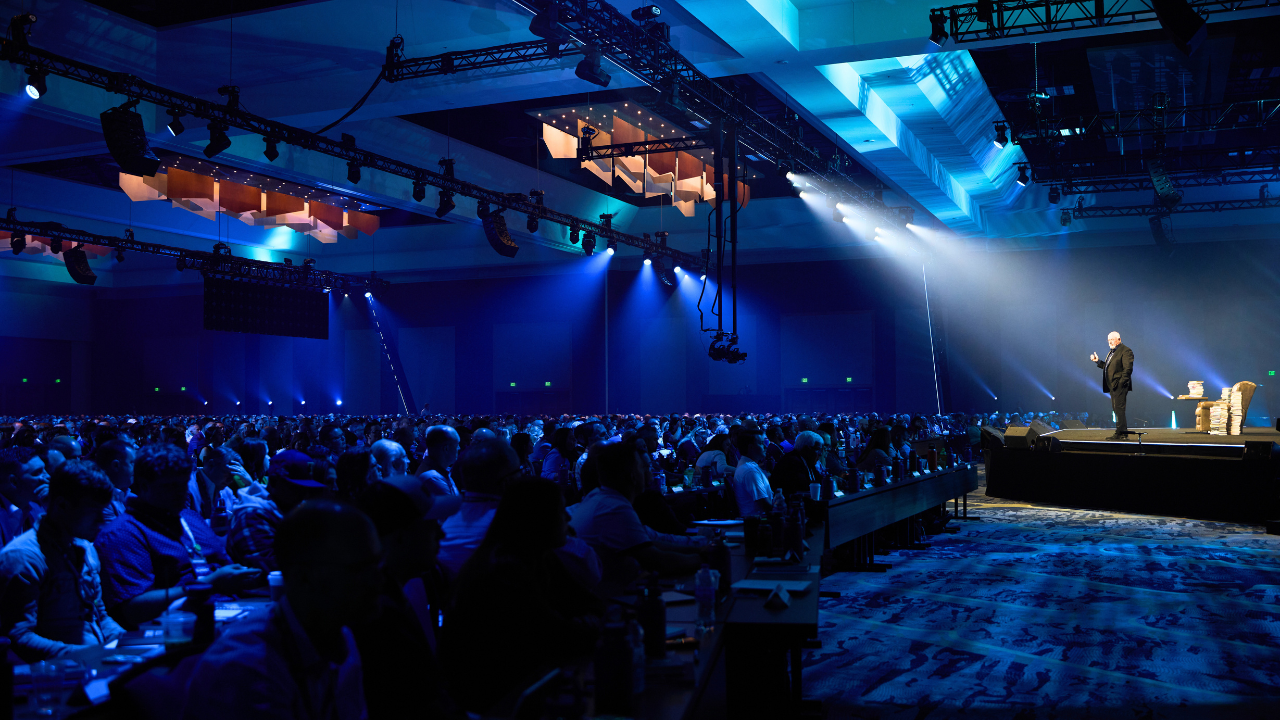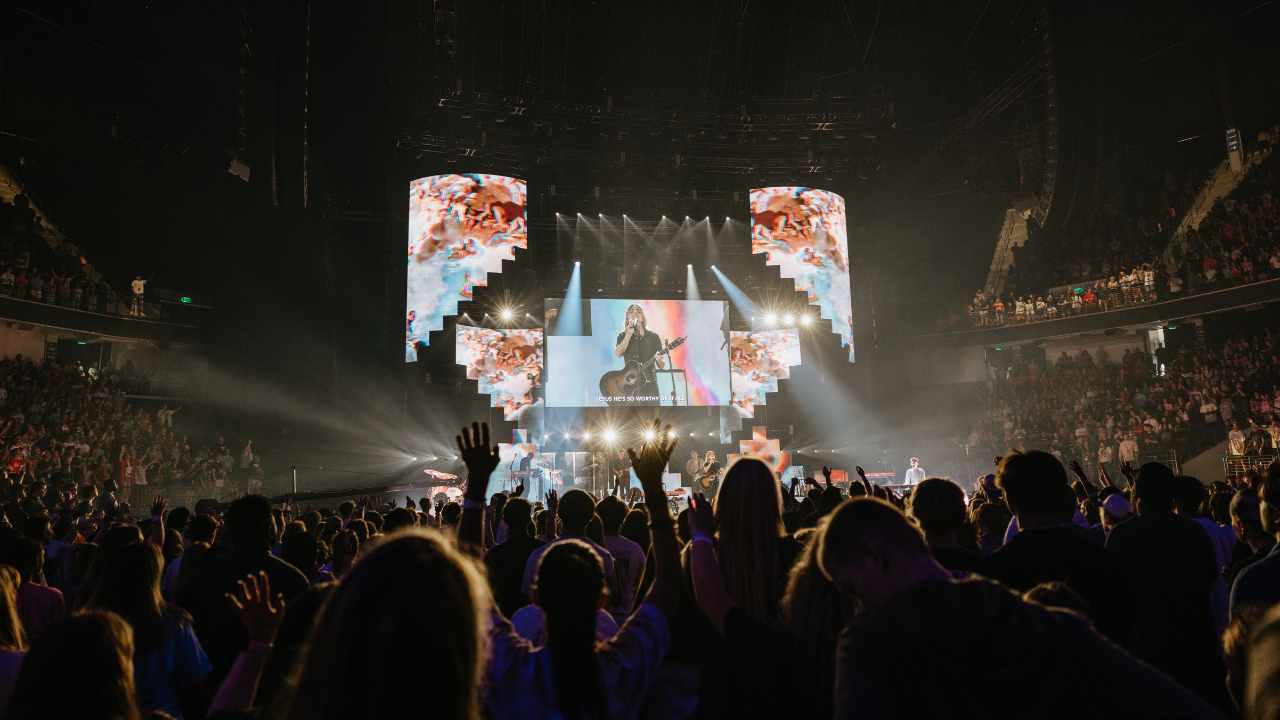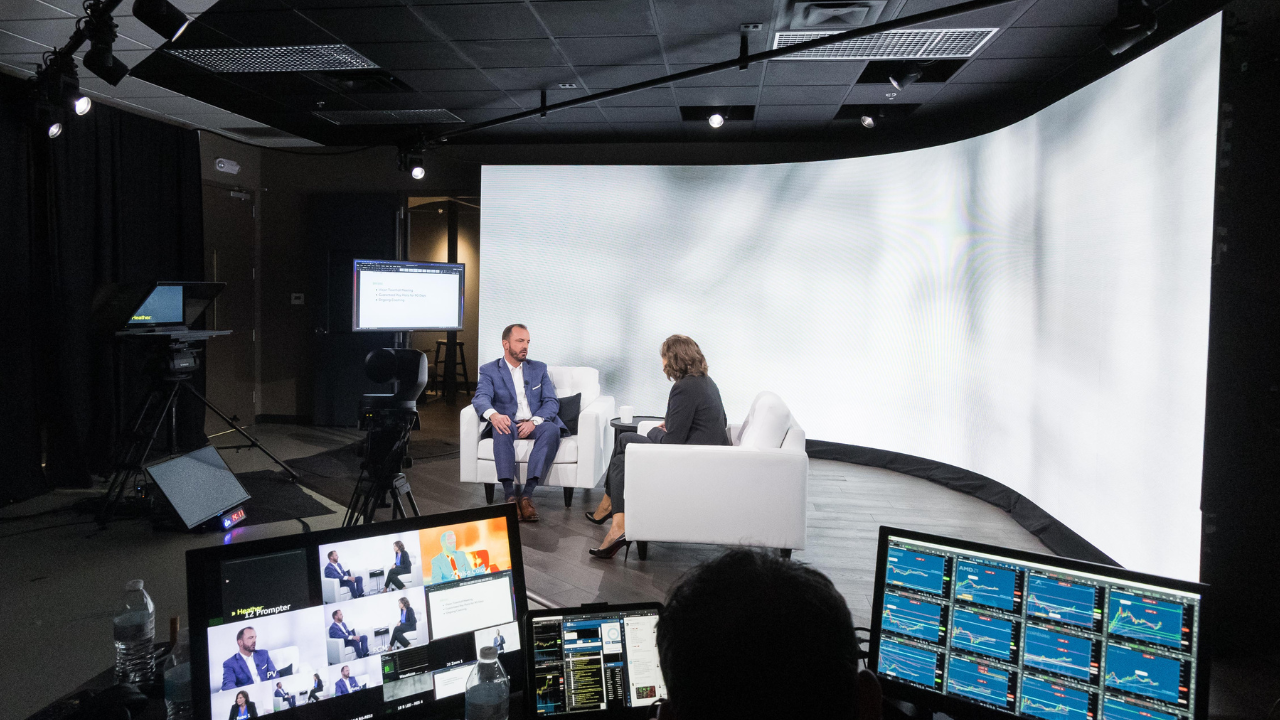If you want a live event that feels seamless to attendees and crew alike, it starts with one foundational document: the run of show. Sometimes called an “event show flow,” your run of show is the heartbeat of event production — a meticulously crafted, minute-by-minute roadmap designed to keep everyone informed, in sync, and agile in the face of inevitable surprises.
What Is a Run of Show?
A run of show is more than just a schedule; it’s a granular, line-by-line plan breaking down every element of your event. Each segment — every presenter, performance, or transition — gets its own entry, accompanied by precise start and end times, technical cues, equipment needs, crew responsibilities, and supporting notes. Done right, it’s the single source of truth relied upon by production, technical teams, and talent to execute a truly professional event.
Why a Run of Show Matters
The run of show isn’t just for big concerts or complex conferences; it adds massive value to any event where details matter. By creating and distributing this document far ahead of showtime, you allow every stakeholder to catch and solve issues before they happen. Events rarely allow enough time for a full run-through, so the run of show serves as your collective rehearsal — on paper, in the cloud, or wherever your team collaborates.
What Should Be Included?
To build a robust run of show, capture:
- Segment timing (down to the minute or second for complex productions)
- Specific transitions (including set changes and speaker movement)
- Technical cues for audio, video, and lighting teams
- Crew assignments and contact info for responsible leads
- All relevant gear, media files, and equipment lists
- Contingency or backup plans for “what if” scenarios
- Designated crew break times and meal windows
Think in terms of a flexible, living spreadsheet — rows for each segment or cue, columns for timing, roles, technical needs, and key notes. Color code event phases or team responsibilities for immediate clarity. Today, most leading teams use collaborative, cloud-based tools (like Sho Flo) that enable real-time updates accessible to every team member — whether they’re backstage, in the studio, or traveling between venues.
Key Best Practices for Your Run of Show
Based on insights from leading event pros and our years in the field, we recommend:
1. Build your run of show early — and update it often. Collaborate with all operators, engineers, and project managers to maximize team input and ensure nothing gets missed.
2. Leave ample time for transitions — not just between speakers or bands, but for equipment setup, breakdown, and safe crew movement. Rushed transitions are the #1 source of event delays.
3. Assign clear roles and list specific responsibilities for every cue. If a video needs to roll or lights need to shift, the person responsible should be named in the run of show.
4. Communicate precise time slots to all presenters and talent. This empowers speakers to pace themselves and keeps your schedule on track.
5. Stagger crew breaks and plan coverage so everyone gets rest without disrupting the show’s flow.
6. Incorporate technical run-throughs and rehearsals, even if virtual. The better your team knows the plan, the fewer surprises on event day.
7. Use collaborative tools (like Sho Flo, Google Sheets, or Rundown Studio) for live-access, version-controlled updates so the whole event crew is quite literally on the same page.
8. Include photos/names for talent and preview thumbnails for media — this helps your AVL team verify correct execution in real time.
9. Color-code segments or departments for high-contrast, at-a-glance navigation.
10. Prepare backup plans for equipment malfunctions, presenters going over their allotted time, and last minute changes.
The Value of Modern Show Flow Tools
Tools that centralize your run of show in the cloud allow updates to propagate instantly to every device. This minimizes confusion, prevents outdated paper versions from causing errors, and ensures everyone can execute flawlessly. If you’re working in locations where connectivity is unreliable, you should always keep a synchronized, printed backup on hand. For a sample run of show, take a look at an example we provided in a previous blog.
Making It Happen
At CTS AVL, a properly executed run of show is the foundation of every successful event we produce or support. We bring technical know-how, proven workflows, and the latest collaborative tools to ensure your vision isn’t just met, but exceeded — down to the second.
Ready to experience a live event that flows as smoothly behind the scenes as it does for your guests? Connect with our team to leverage best-in-class workflows and technology for your next production.





